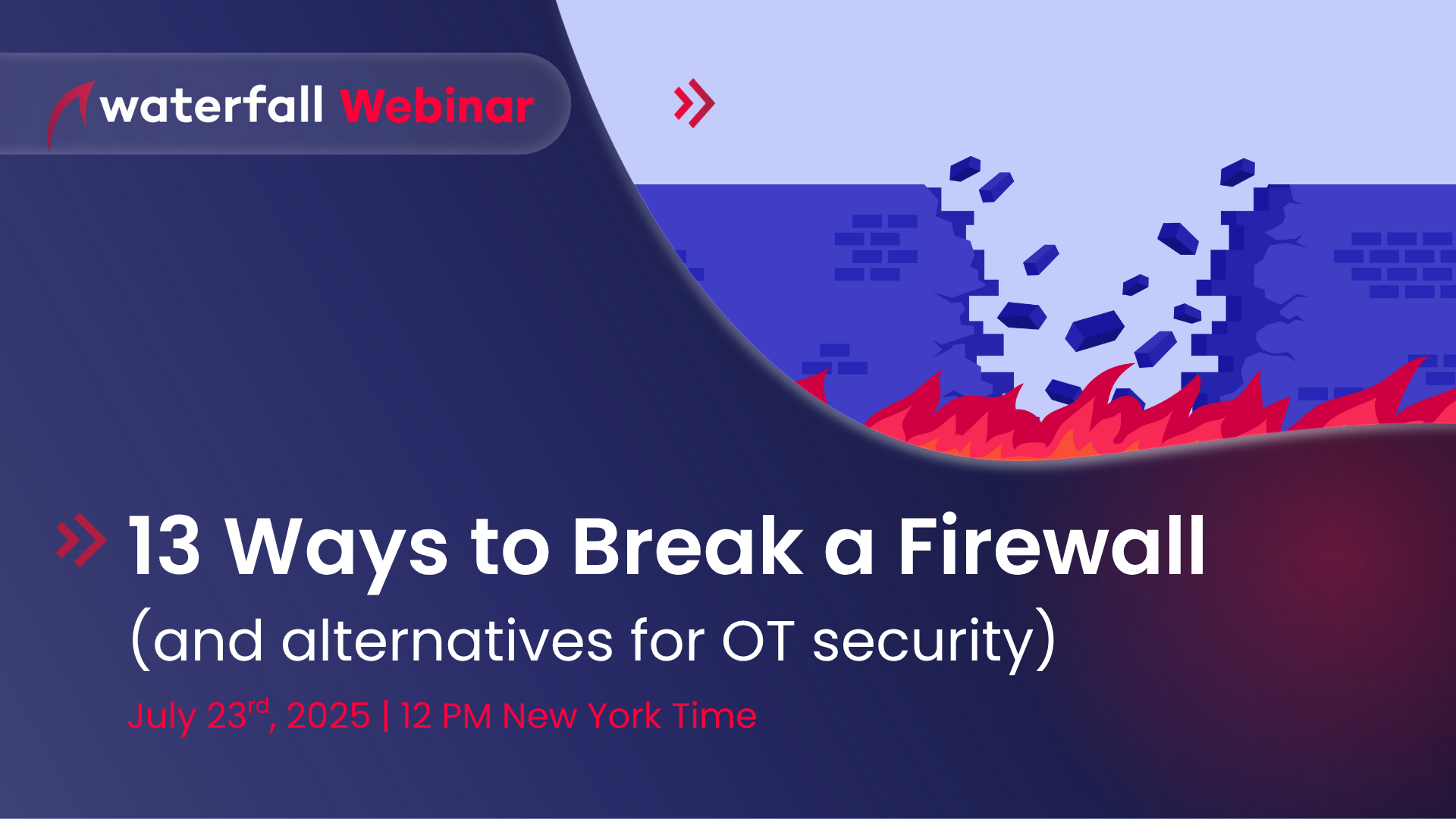
13 Ways to Break a Firewall (and alternatives for OT security)
Explore 13+ real-world OT attack scenarios that firewalls can’t stop—and learn smarter alternatives to protect your industrial systems.
Welcome to the resources page! We have compiled a collection of useful information, tools, and resources to help you

Explore 13+ real-world OT attack scenarios that firewalls can’t stop—and learn smarter alternatives to protect your industrial systems.
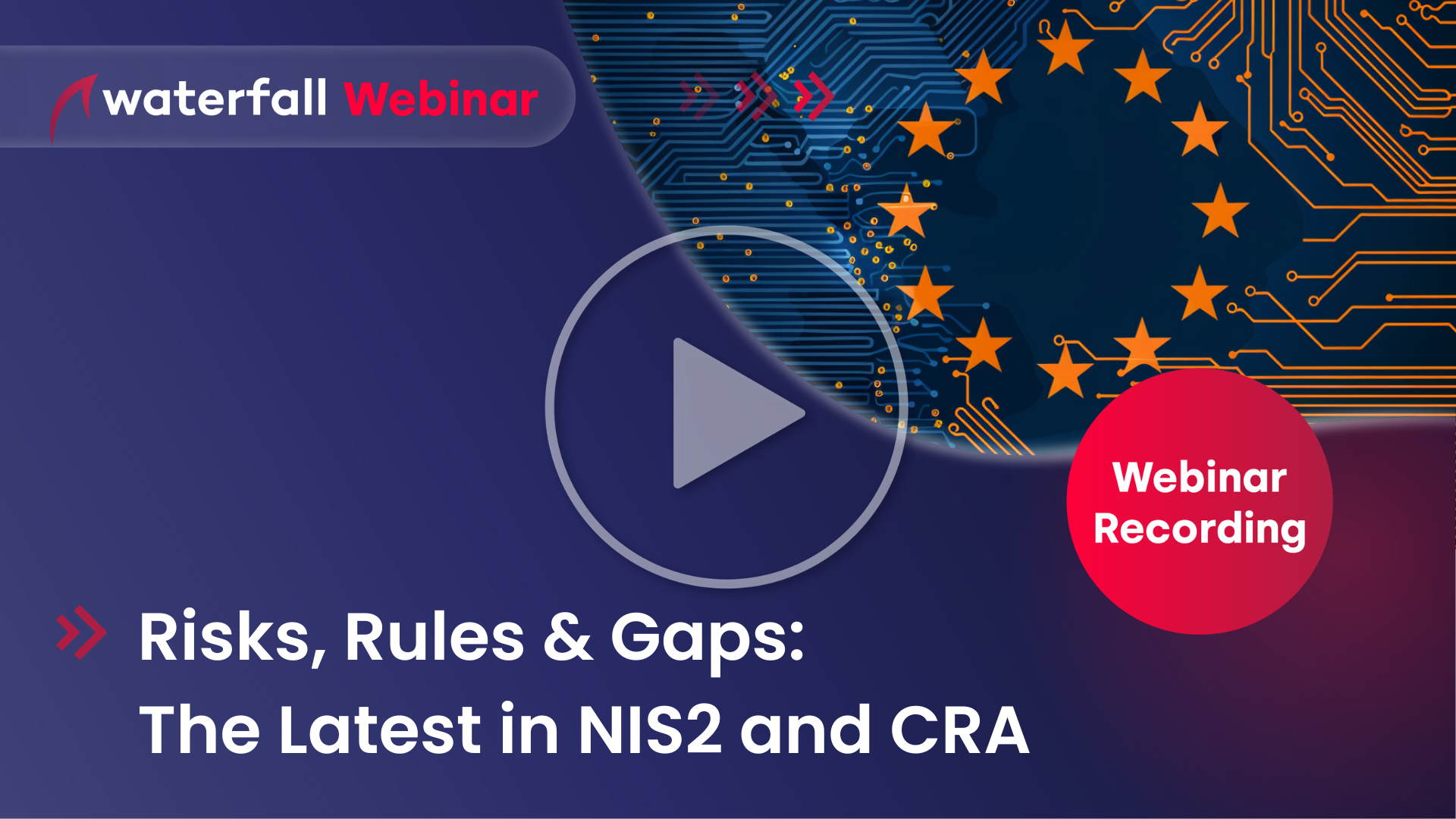
Watch the webinar where we’ll look at the latest developments in member state legislation to comply with NIS2 and CRA.
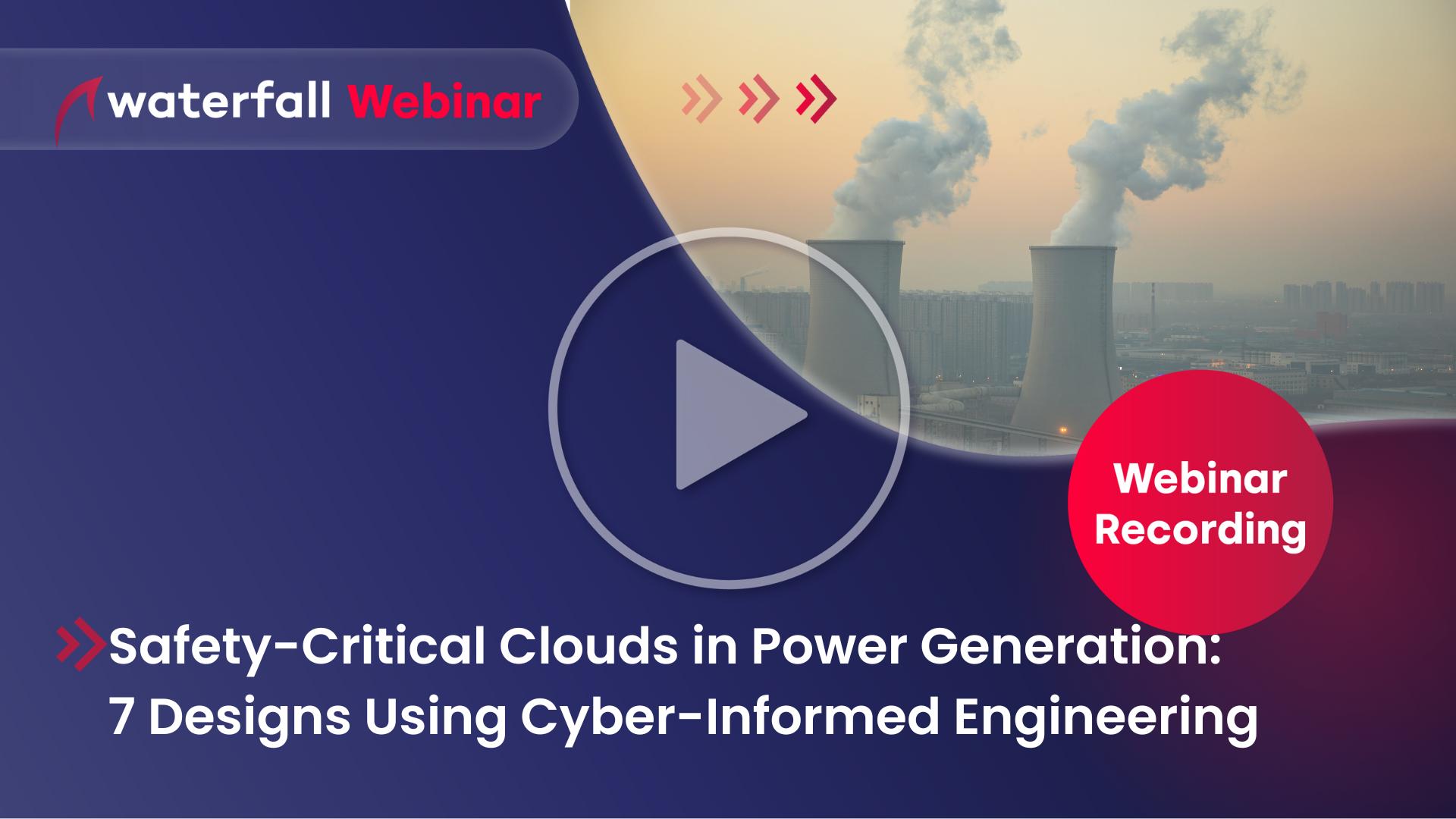
Safety-critical and CI systems deserve engineering-grade cybersecurity. So, how can we provide this for Internet-based clouds? Watch the webinar where we will look at the problem from the perspective of the new Cyber-Informed Engineering (CIE).
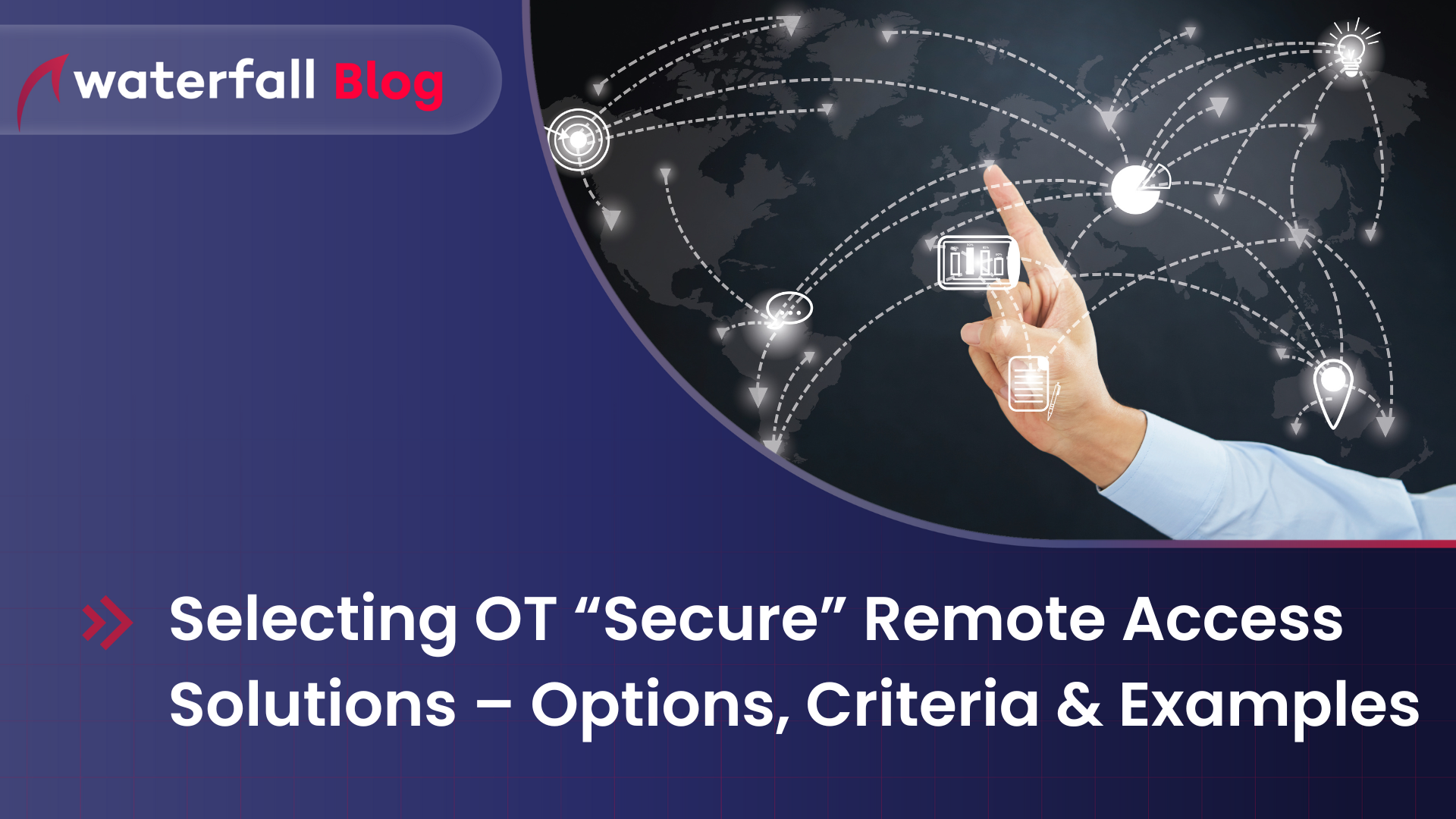
Which OT remote access solution is right for you? It depends on the sensitivity of your OT/physical process, on your risk tolerance, and on your assessment of credible threats.
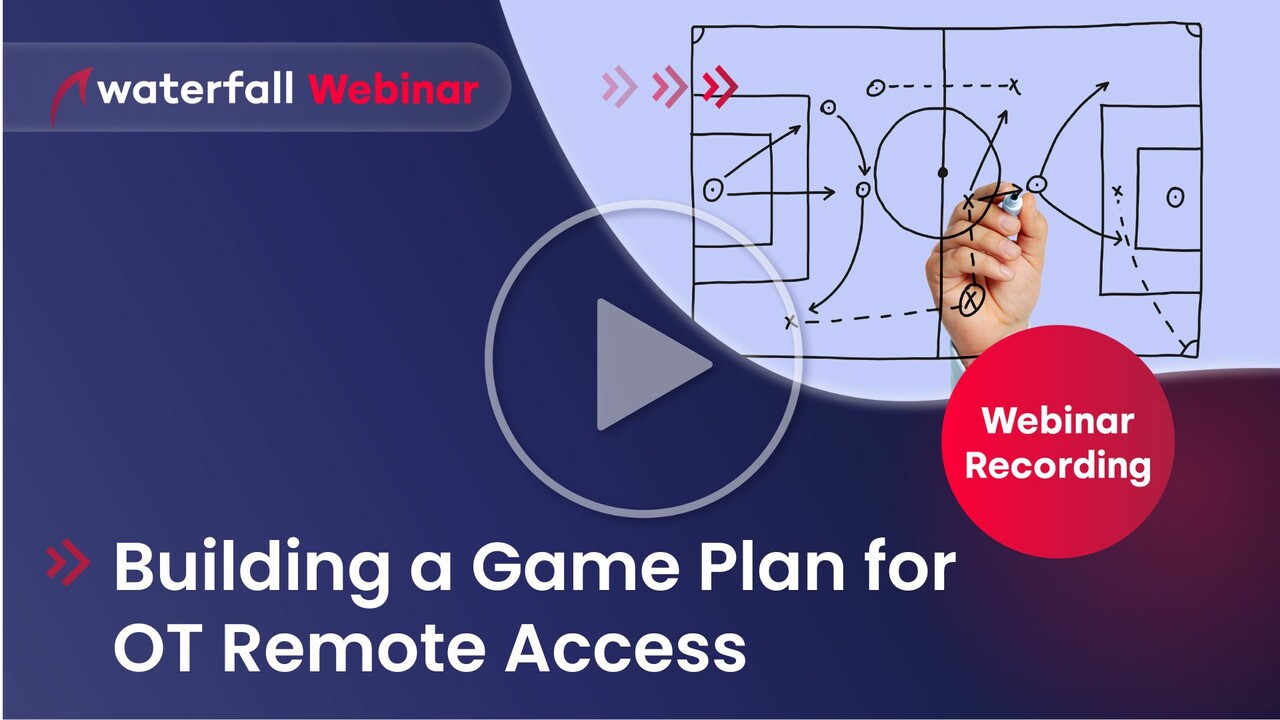
OT remote access is seen as essential for many industries, but there are a variety of OT solutions out there. Watch the webinar as we help you make the right decision for your OT network.
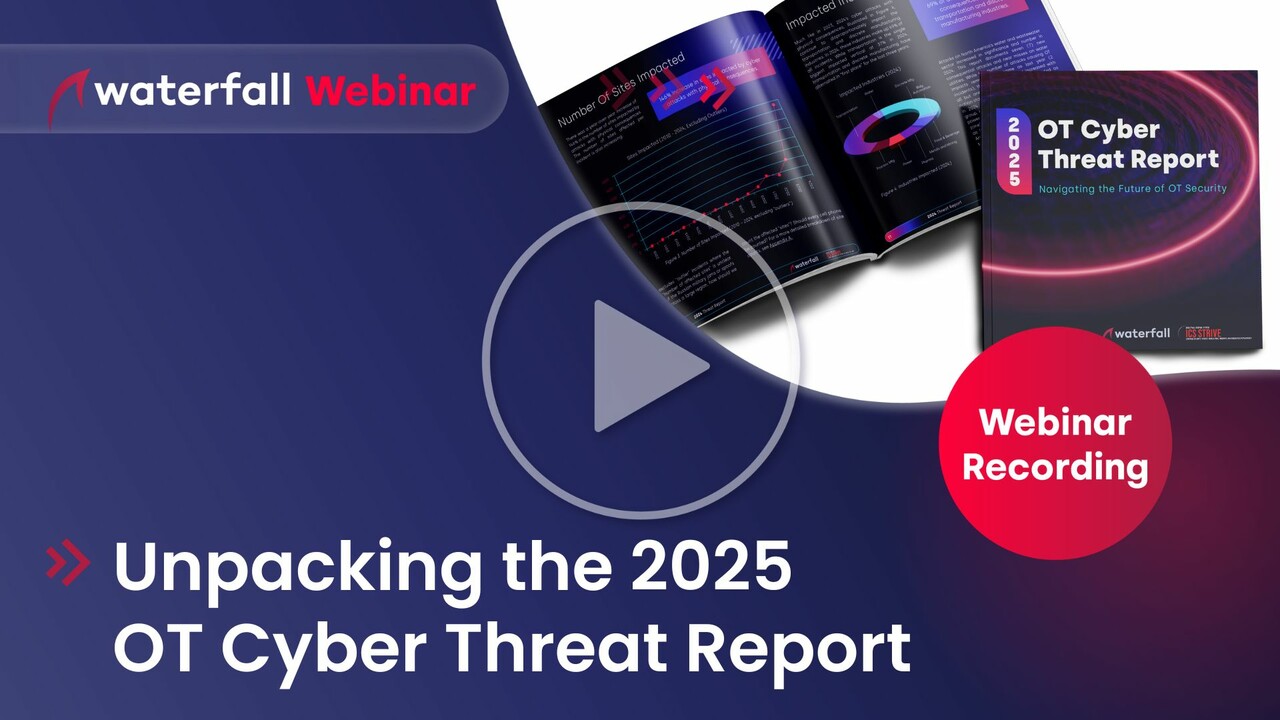
Watch the webinar that unpacks Waterfall’s 2025 OT Cyber Threat Report and understand today’s OT cyber threat landscape.
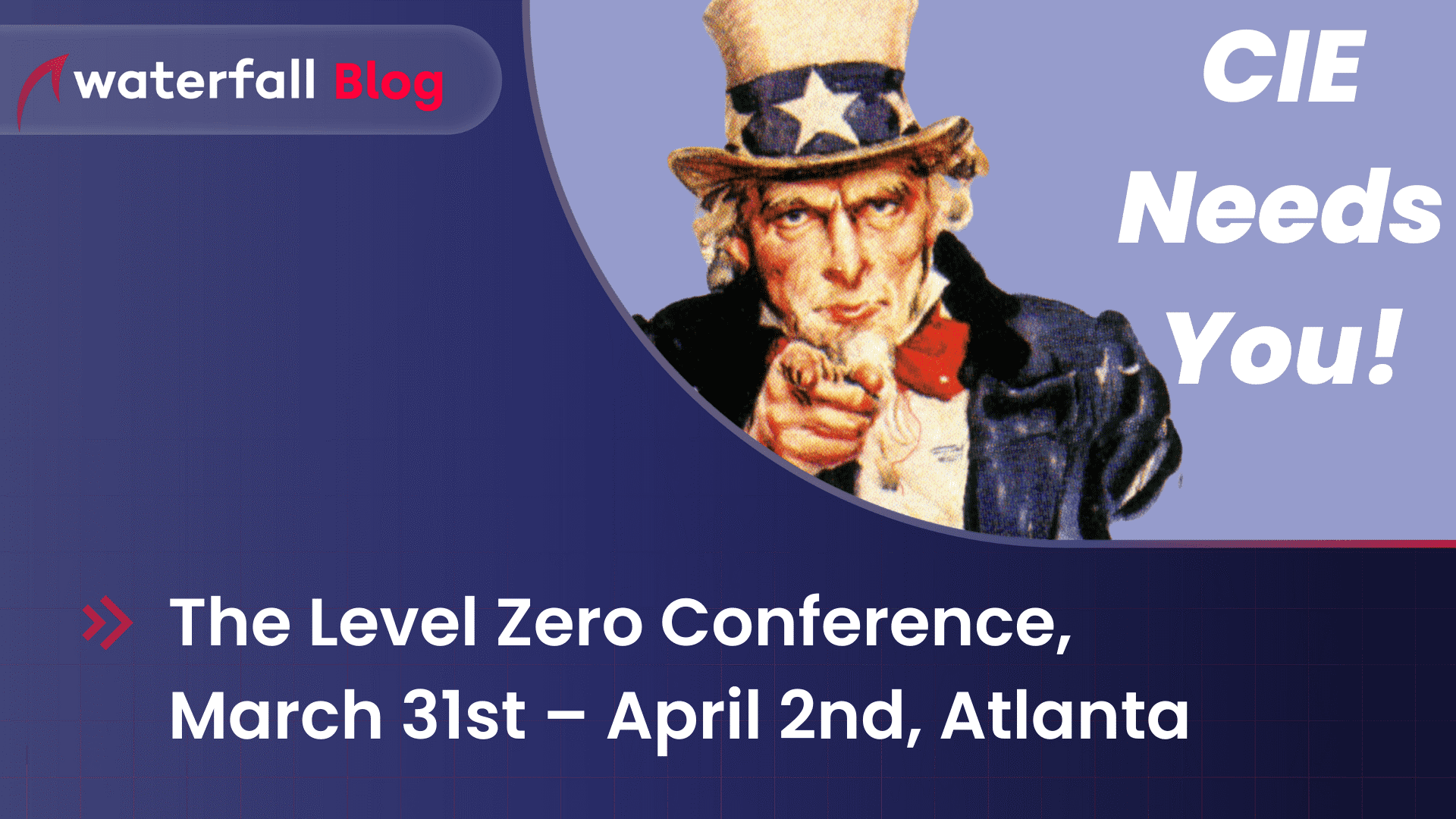
The new Level Zero OT Cyber Security 2025 Conference is where the world’s experts at the intersection of cybersecurity and engineering will be meeting on March 31st – April 2nd in Atlanta. Come join us!
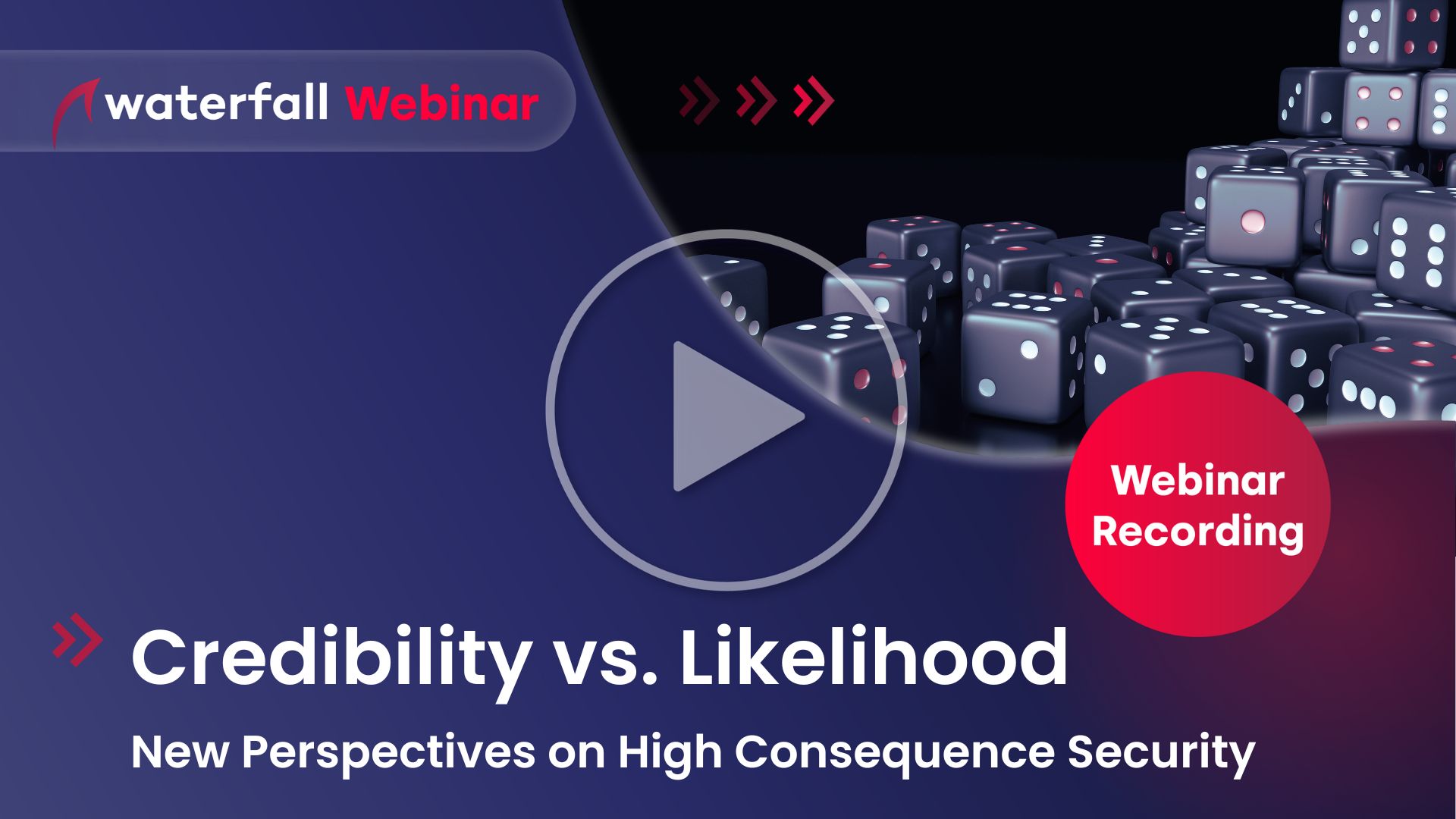
Watch the webinar to explore and weigh in on a cutting-edge debate that is likely to change forever how we think about high-consequence threats.
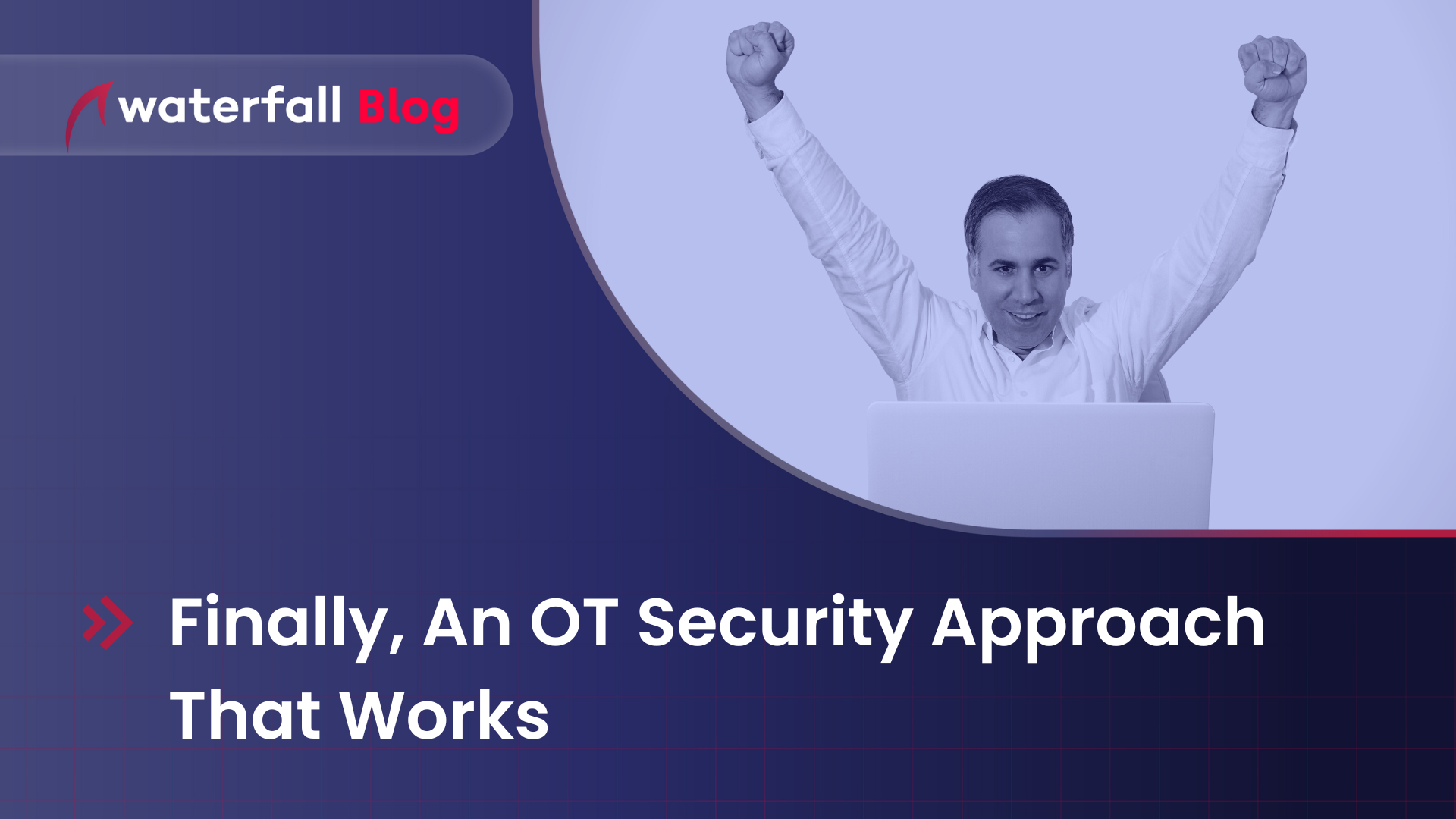
OT security is evolving with the “Level Zero” approach, which combines cybersecurity and engineering to prevent physical and cyber threats. This holistic strategy is a game-changer for safeguarding critical infrastructure and marks the next major step in OT security. Join the inaugural Level Zero conference to be part of this groundbreaking shift.
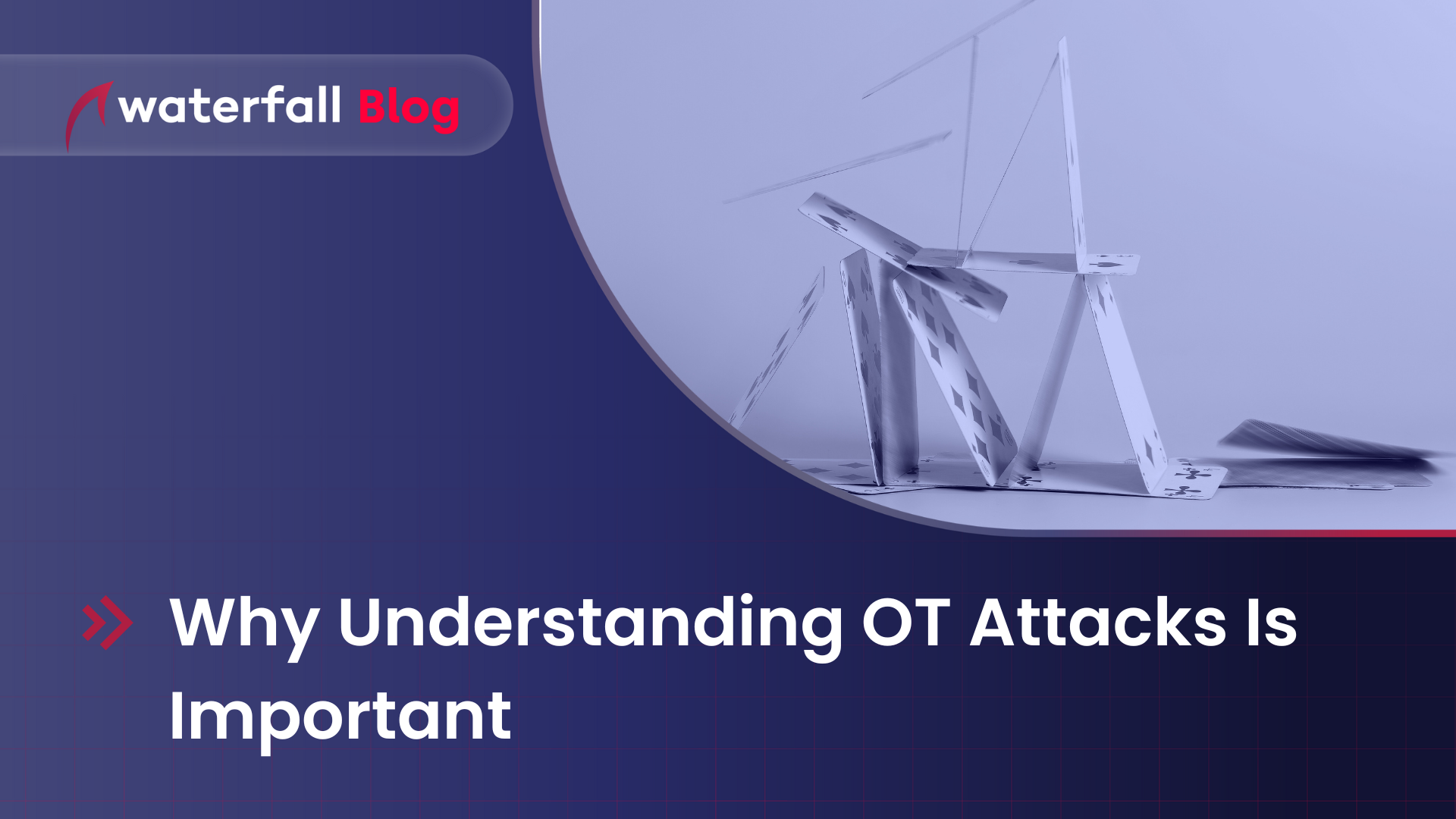
We can debate whether threats are credible and whether we should spend money and effort addressing credible residual risks, but to debate any of that, we must first understand the attacks.